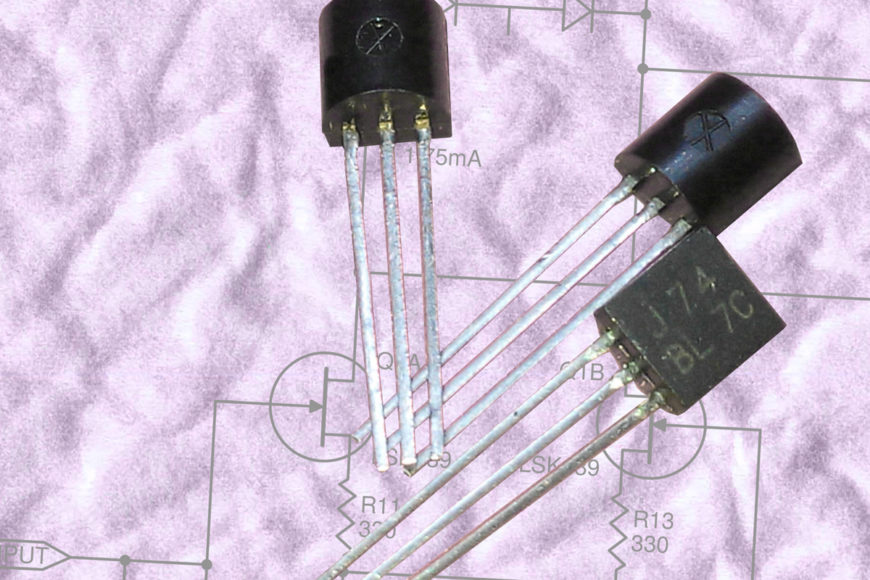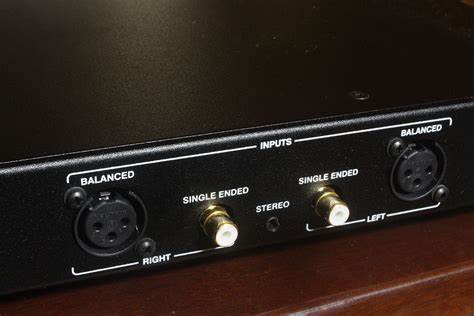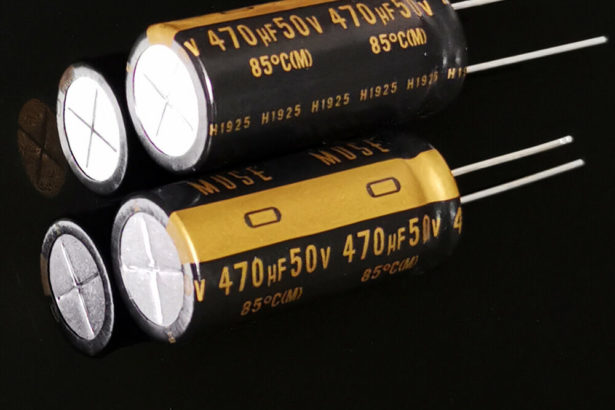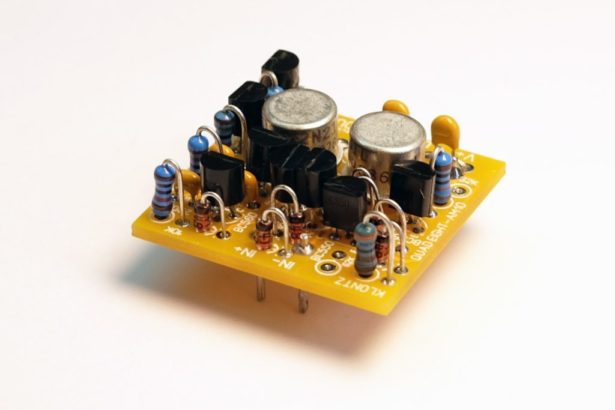High-End Audio Components: JFETs

JFETs are key elements in high-impedance devices like MEMS sensor buffers, microphone preamplifiers or Moving Magnet (MM) phono preamplifiers. (Don’t misfit with MOSFETs!). Nevertheless, there are somehow controversial components for Hi-fi aficionados.
Generally, BJTs high transconductance make them more usable than JFETs (remember that low gain means low feedback and so low linearity)
Whatever in discrete or hybrid (JFET-BJT opamps) components, their outstanding high input impedance (typically 1 TOhms) associated with low noise feature (typically a few nV/√Hz at 1kHz) makes them very suitable to a lot of applications. JFETs also provide lower power consumption and power dissipation than BJTs, thus improving the overall energy efficiency of a circuit.
JFETs operates quite differently than their BJT cousins. BJTs are essentially current-controlled devices, though it may be considered by some purists as voltage-controlled (by VBE). JFETs are voltage-controlled devices because the current between the source and the drain is controlled by the voltage applied to the gate. It’s the JFET’s transconductance (gm) which determines its operating mode and is proportional to Id. BJT’s gm is proportional to Ic.
JFETs need to be voltage-biased (BJTs are current-biased). So JFETs are voltage input / current output devices whereas BJTs are current input / current output devices.
JFET’s gate can be modeled as a very low leakage reverse-biased diode but with a gate-channel capacitance.
JFET’s noise is basically a thermal channel noise which can be modeled as a Johnson noise of an equivalent input resistance. Other sources of JFET’s noise are also a gate current shot noise (gate input junction leakage current), an 1/F noise (typically 60 nV/√Hz at 1 Hz, not a big issue above 20 Hz) and a Generation-Recombination (G-R) noise (kind of a drain noise). These sources can be neglected except for very high impedance circuits or at very high temperatures.
But JFET junction capacitances (typically a dozen pF) are nonlinear which means distorsion (mainly intermodulation distorsion). This is especially the case where common source amplifier configurations allow the (in)famous Miller effect to multiply the effective value of the gate-drain capacitance. This effect can be minimized by using a cascode circuit but it adds costs, complexity and noise because of the cascode transistors (JFET or BJT).
Most important, in terms of IC silicon process, it’s not trivial to implement efficient JFETs besides more generic BJTs inside an (hybrid) opamp. Therefore, we at Voltanode prefer avoiding hybrid opamps and so we mix discrete JFETs with integrated BJT opamps.



